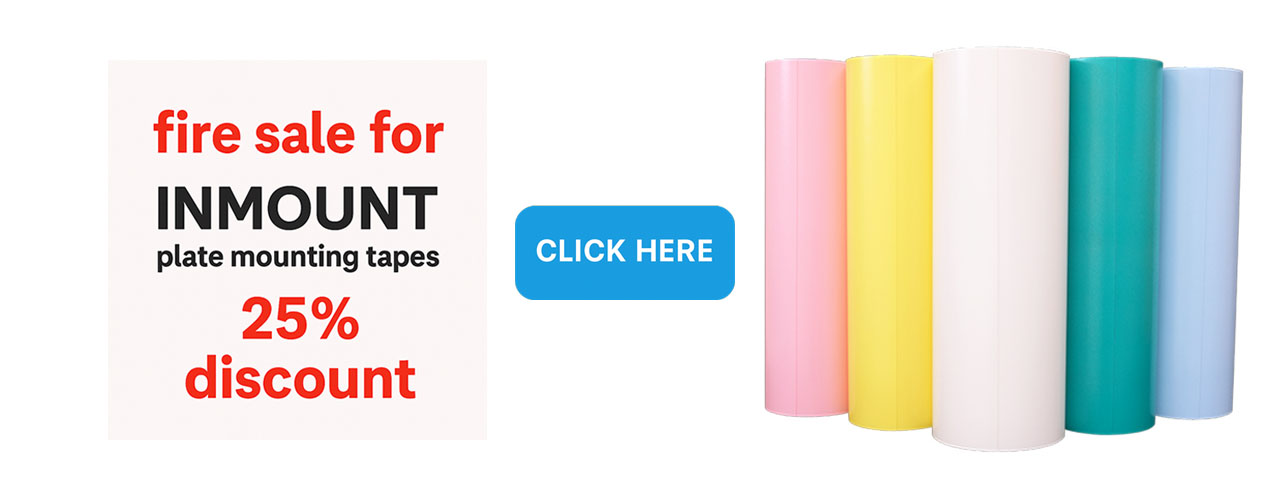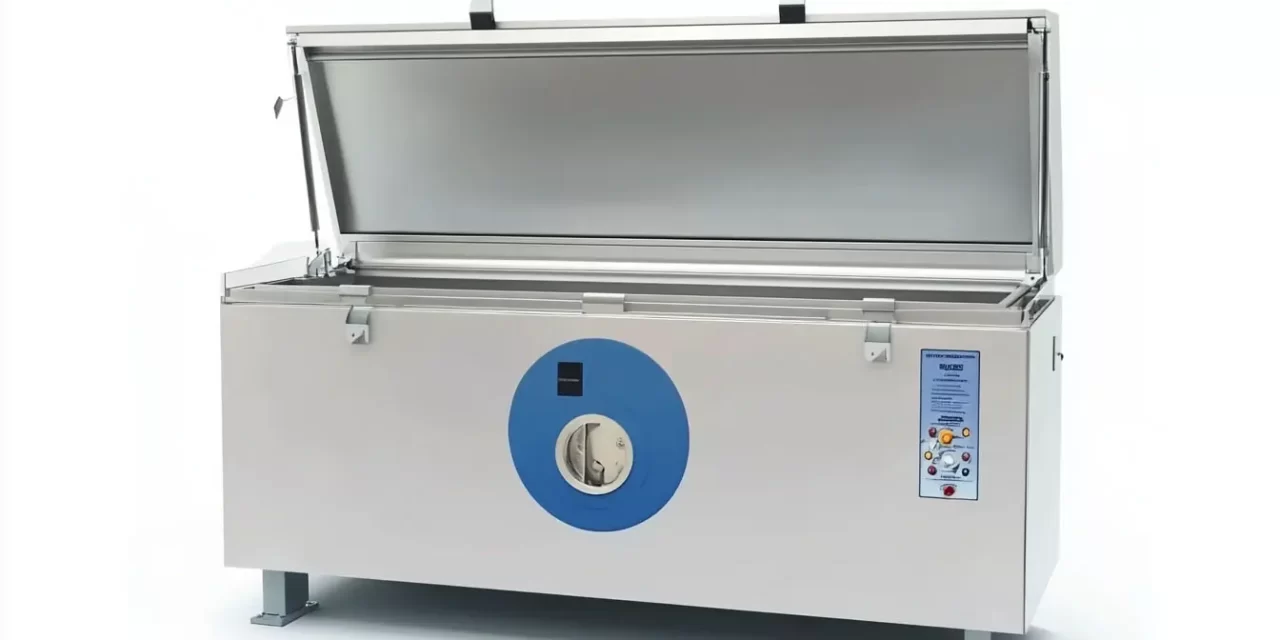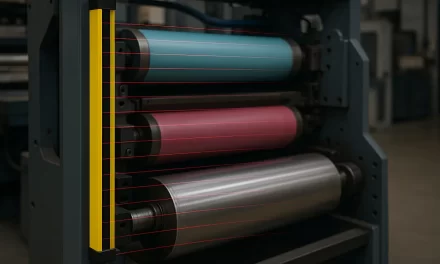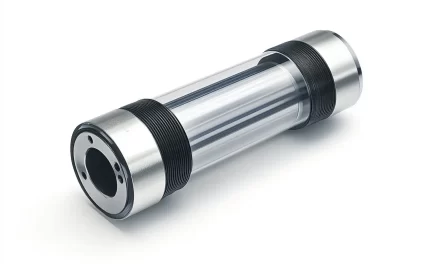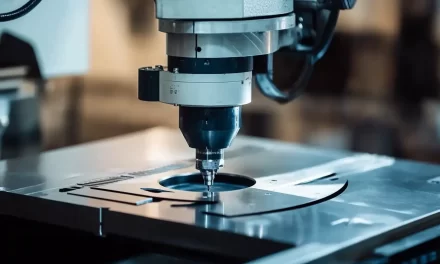Understanding Contact Cleaning Systems in Flexographic Printing
Contamination is one of the leading causes of print defects in flexographic printing. Tiny particles such as dust, fibers, and ink debris can cause misprints, ink transfer issues, and poor adhesion, leading to costly reworks and material wastage.
Contact cleaning systems are a highly effective solution designed to remove surface contaminants from flexible substrates, films, and paper before printing. These systems use adhesive rollers or tacky surfaces to lift unwanted particles, ensuring a clean and debris-free surface for superior print quality.
This article explores the importance of contact cleaning systems, their working principles, benefits, and best practices for implementation in flexographic printing operations.
The Role of Contaminant Control in Flexographic Printing
During the flexographic printing process, contaminants can originate from multiple sources, including:
- Substrate handling – Paper dust, film particles, and residues from the manufacturing process.
- Ink misting – Excess ink particles floating in the pressroom environment.
- Static charge attraction – Static buildup draws airborne particles onto the material.
- Roll changes and web splicing – Fiber residues and adhesive contamination from splicing tapes.
Even the tiniest contaminants can disrupt ink laydown, causing issues like pinholes, streaks, and missing dots in print images. Contact cleaning systems help maintain consistent print quality by eliminating these unwanted particles before they reach the press.
How Contact Cleaning Systems Work
Contact cleaning systems operate by physically lifting and trapping contaminants from the substrate surface. The process involves two main components:
- Elastomer or Silicone-Based Cleaning Rollers
- Soft, tacky rollers make direct contact with the substrate.
- These rollers attract and pick up dust, debris, and microscopic contaminants.
- The elastic properties allow the roller to conform to the surface, ensuring maximum contact.
- Adhesive Collection Rolls
- Positioned after the cleaning rollers, these sticky rollers trap the removed contaminants.
- The adhesive locks in the debris, preventing recontamination of the substrate.
- These rolls need periodic replacement to maintain efficiency.
By continuously removing particles, the system ensures a clean and smooth printing surface, reducing print defects and enhancing press performance.
Types of Contact Cleaning Systems in Flexographic Printing
1. Web Cleaning Systems
- Designed for continuous roll-fed substrates.
- Typically installed at the unwinding station to clean the substrate before entering the press.
- Ideal for flexible films, foils, and paper webs.
2. Sheet Cleaning Systems
- Used for sheet-fed flexographic applications.
- Positioned at the feed section to clean individual sheets before they enter the press.
- Commonly used in high-end packaging and carton printing.
3. Single-Sided vs. Double-Sided Cleaning
- Single-Sided Systems – Clean only the top surface of the substrate.
- Double-Sided Systems – Clean both the top and bottom surfaces simultaneously for enhanced contamination control.
4. In-Line vs. Off-Line Cleaning
- In-Line Systems – Integrated directly into the press for continuous cleaning.
- Off-Line Systems – Separate cleaning units used before substrate loading to pre-clean materials.
The choice of system depends on substrate type, contamination levels, and production speed.
Key Benefits of Contact Cleaning Systems in Flexography
1. Improved Print Quality
By removing microscopic contaminants, contact cleaning systems ensure flawless ink adhesion, consistent colors, and high-resolution prints.
2. Reduced Print Defects and Waste
Contaminants cause defects like pinholes, voids, and streaks. Eliminating these particles minimizes rejected prints, leading to significant cost savings on materials.
3. Extended Press Maintenance Intervals
Ink buildup and dust can clog anilox rolls and printing plates, reducing print clarity. By keeping substrates clean, press components remain cleaner, reducing frequent maintenance and downtime.
4. Increased Production Efficiency
Less contamination means fewer interruptions for defect inspections and waste removal. This leads to higher throughput and smoother printing operations.
5. Protection of Downstream Processes
Clean substrates improve not just printing but also lamination, coating, and die-cutting operations, preventing issues in post-print finishing.
Best Practices for Implementing Contact Cleaning Systems in Flexographic Printing
1. Choose the Right Cleaning System for Your Application
- Web-fed printing requires continuous inline cleaning systems.
- Sheet-fed operations benefit from automated sheet cleaners.
- Consider substrate sensitivity—softer films may require gentler elastomer rollers.
2. Optimize Placement for Maximum Efficiency
- Install cleaning systems at critical points such as the unwinding station to remove contaminants before printing.
- Double-sided systems should be used when both surfaces need cleaning.
3. Maintain and Replace Cleaning Rollers Regularly
- Cleaning rollers lose effectiveness over time due to dust accumulation.
- Regular roller replacement ensures optimal performance.
- Monitor adhesive roll saturation and replace when needed.
4. Combine with Anti-Static Measures
- Static charges attract dust. Pairing contact cleaning systems with ionization bars enhances contaminant removal.
- Maintain relative humidity above 40% to reduce electrostatic attraction.
5. Conduct Routine Quality Checks
- Inspect cleaned substrates under UV or LED lights to detect residual contamination.
- Use particle counters to measure cleanliness levels before and after cleaning.
Challenges and Considerations in Contact Cleaning Systems
1. Compatibility with Different Substrates
- Some cleaning rollers may be too aggressive for ultra-thin films.
- Choosing the correct roller hardness and tackiness is crucial.
2. Maintenance Costs
- Cleaning systems require frequent adhesive roll replacements.
- Proper training for operators ensures longer equipment lifespan.
3. Over-Cleaning Risks
- Excessive pressure or multiple cleaning passes can damage fragile substrates.
- Adjust system settings based on contamination levels.
FAQs About Contact Cleaning Systems in Flexographic Printing
How do contact cleaning systems compare to non-contact cleaning systems?
Contact cleaners use tacky rollers to physically remove contaminants, while non-contact systems use air knives, ionized air, or vacuums. Contact systems offer higher cleaning efficiency for fine particles.
Can contact cleaning systems remove static charges?
No, they remove contaminants but do not neutralize static. Pairing with anti-static ionizers is recommended for better results.
How often should cleaning rollers be replaced?
The frequency of replacement depends on contaminant levels and press usage, but typically, every 3 to 6 months for optimal performance.
Are contact cleaning systems suitable for all types of flexographic presses?
Yes, they can be integrated into both narrow-web and wide-web presses, but customization may be required based on press configuration.
Will using a contact cleaning system increase production costs?
Initially, there is an investment cost, but long-term savings come from reduced material waste, fewer reprints, and improved efficiency.
Enhancing Flexographic Print Quality with Contact Cleaning Systems
In flexographic printing, clean substrates are essential for high-quality, defect-free prints. Contact cleaning systems offer a proactive approach to contamination control, ensuring consistent results, reduced waste, and improved efficiency.
By selecting the right cleaning system, implementing best practices, and maintaining regular quality checks, printers can optimize their workflows and achieve superior print performance.

